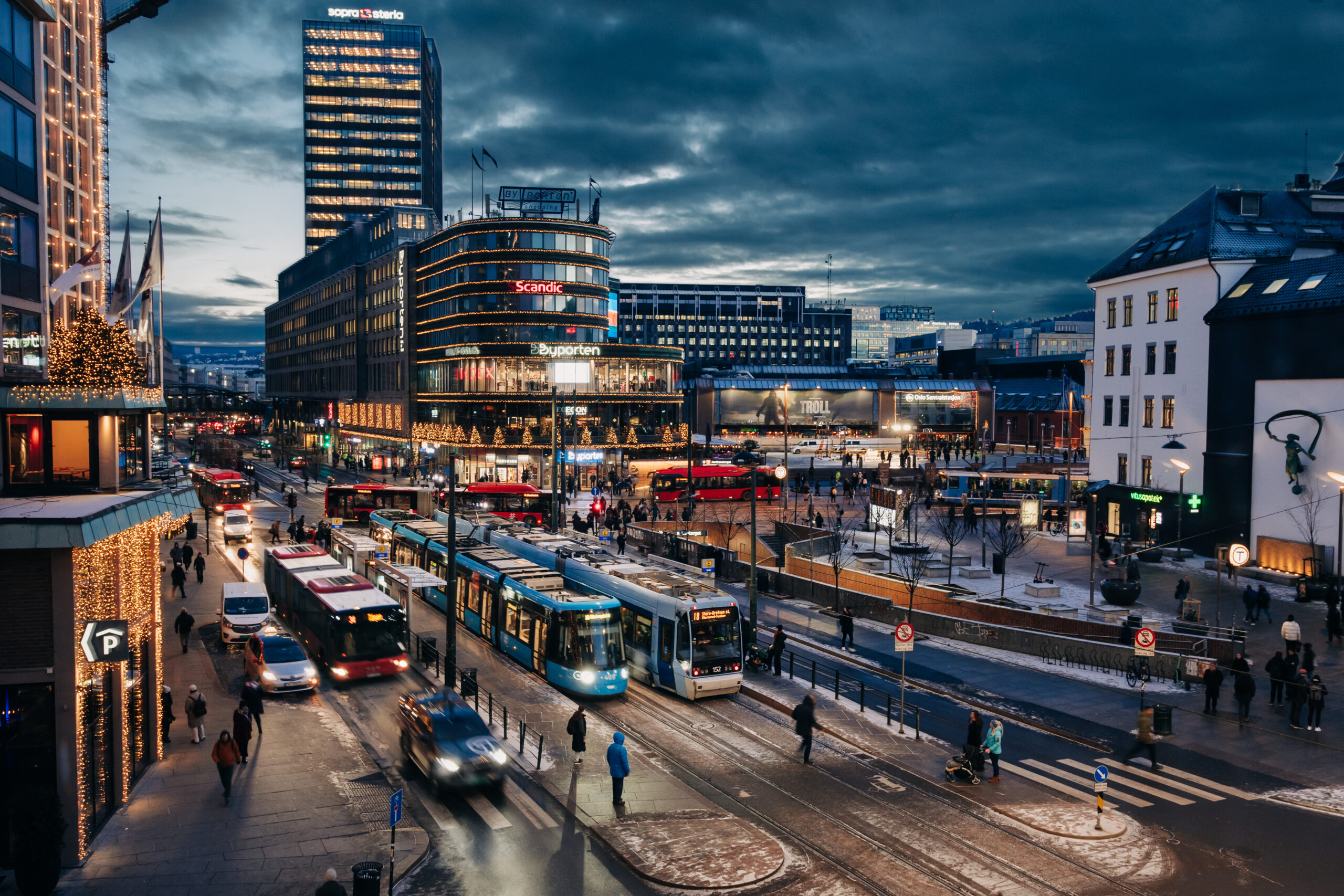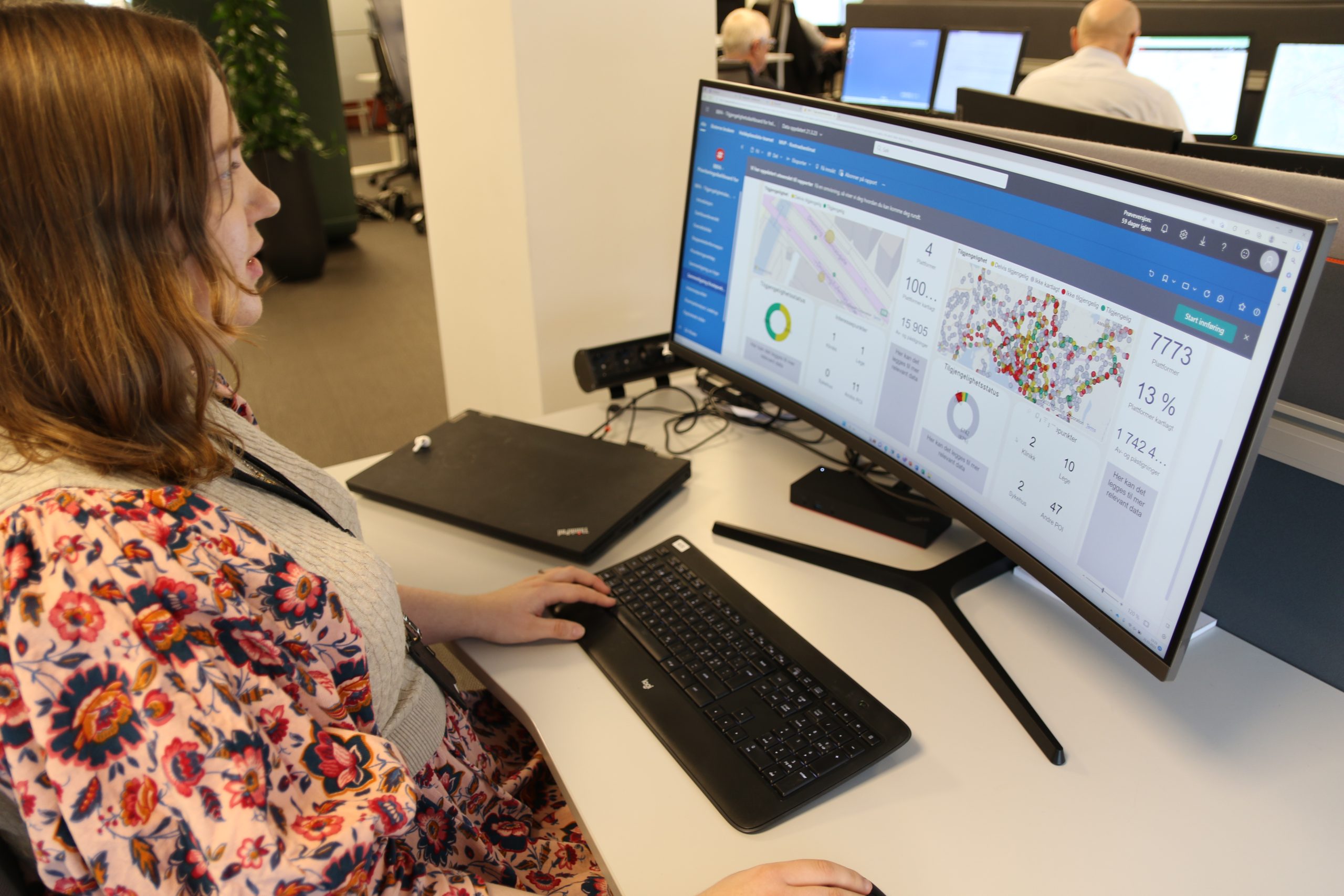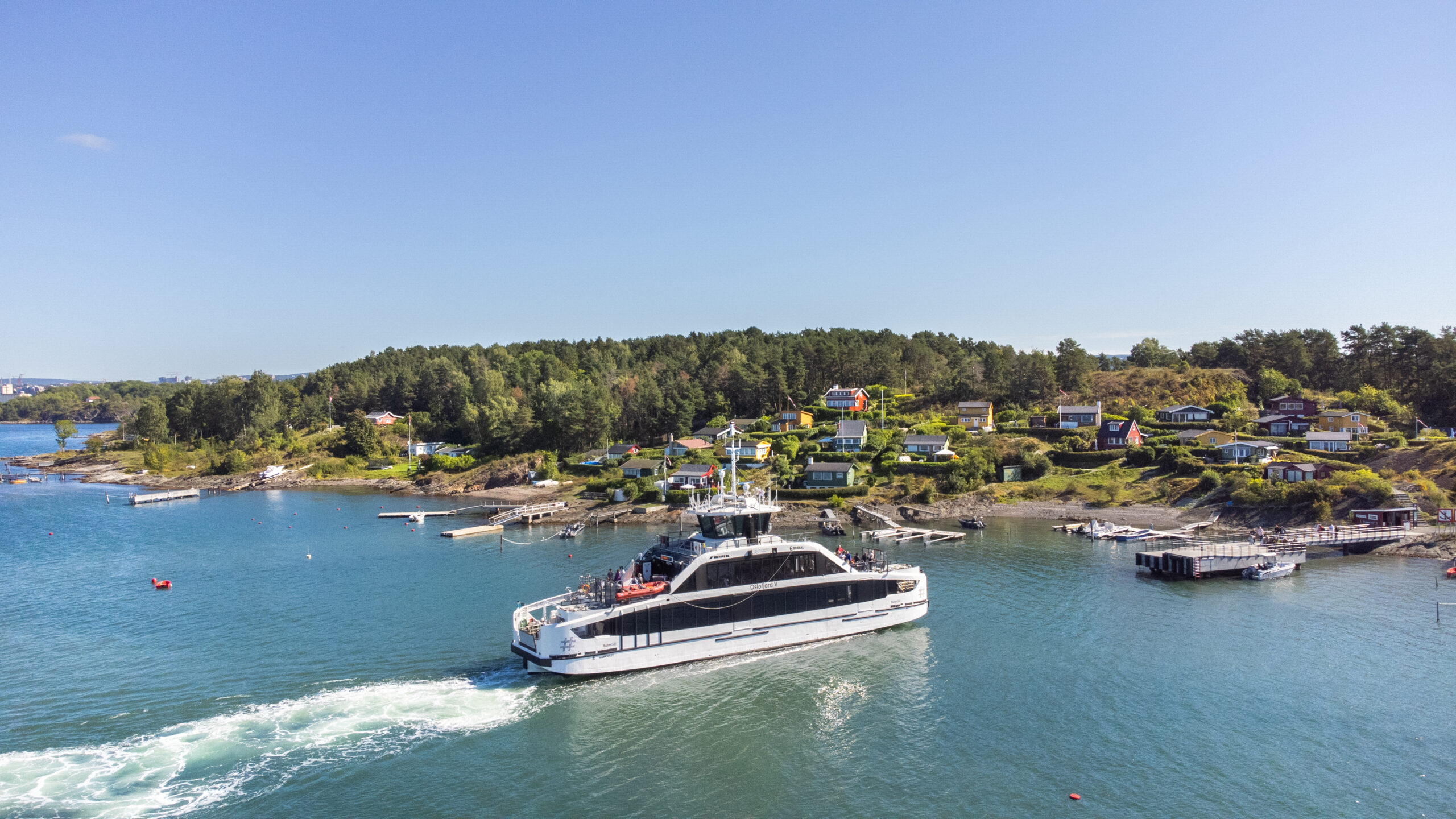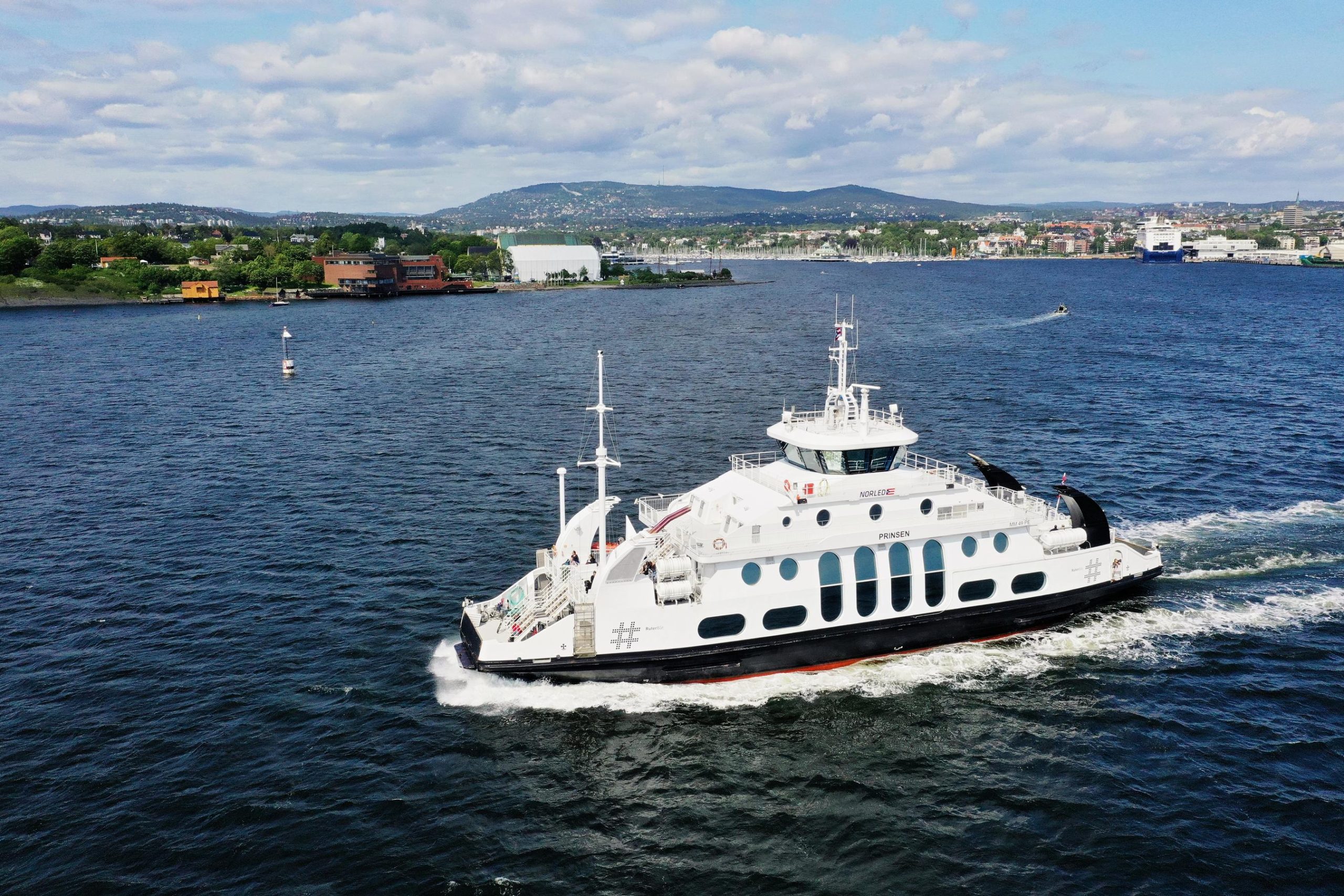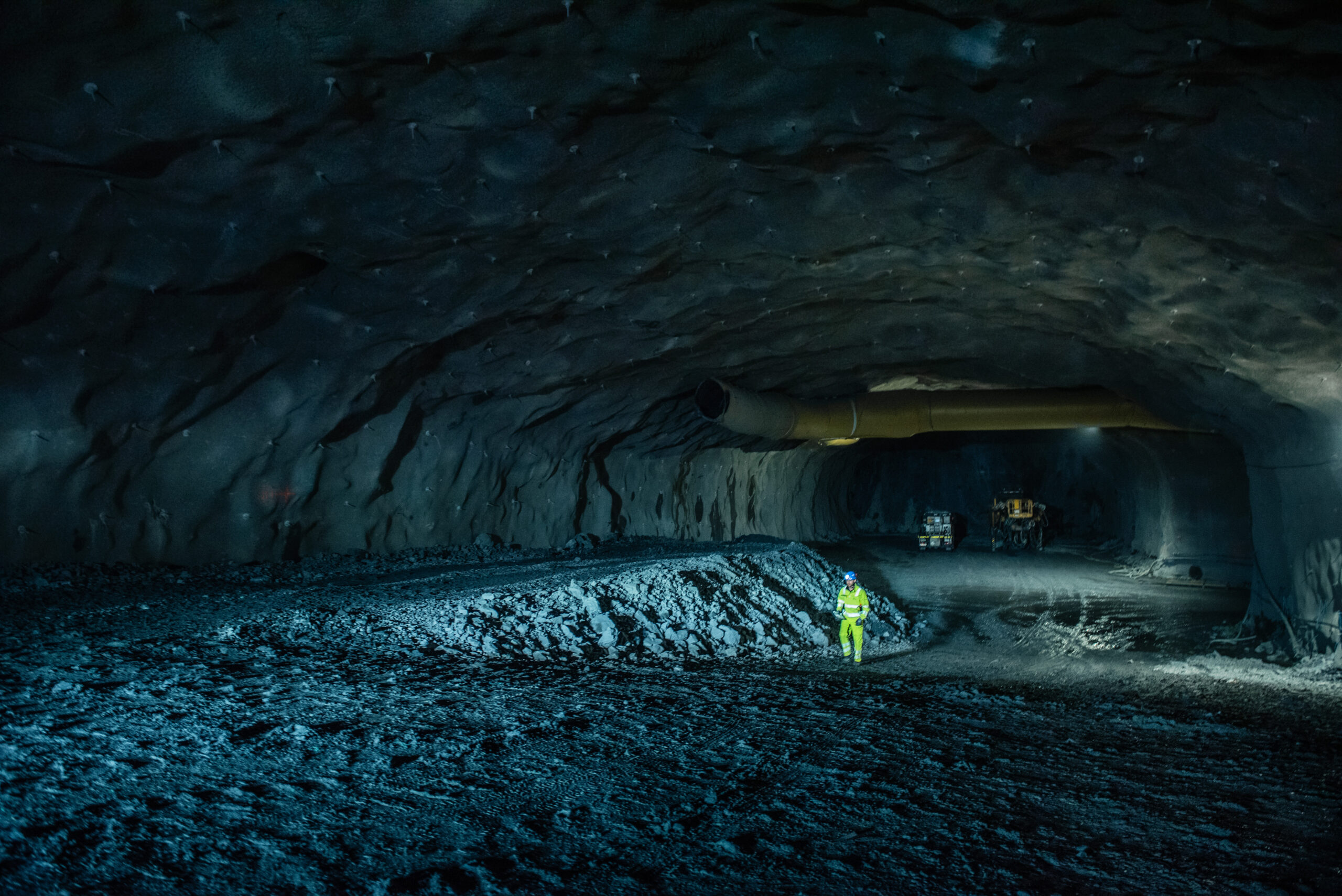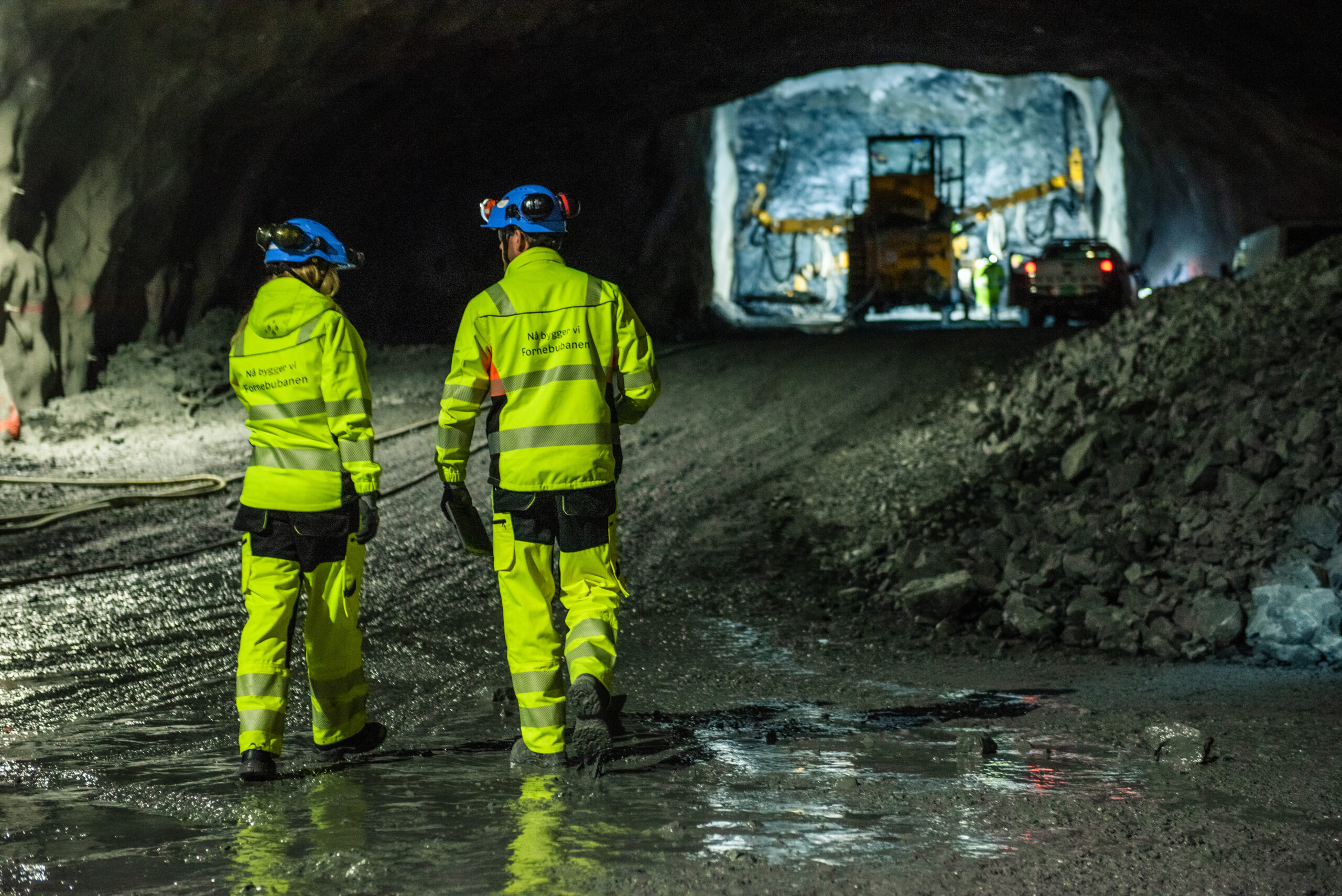New supplementary agreement to Oslo Package 3
In May of 2022, the Municipality of Oslo and the County Municipality of Viken signed a new supplementary agreement to Oslo Package 3. There was agreement on the need to increase financing via tolls, among other things to secure funding for the Fornebu Line – and to continue working on the knowledge base for renegotiating the agreement in 2024, with a view to greater goal attainment.
MNOK 3200 has been set aside for investments and earmarked operational measures for the period 2023-2026.
Predictable and sufficient funding is necessary so that public transport services can be organized in a way that makes it possible to achieve the transport policy objectives for the Oslo area. In order to achieve the best possible goals, the following priorities should form the basis for the use of funds:
- Preserving the existing tram and metro infrastructures
- Predictable and stable operational framework
- New investments
Lack of funds for maintenance and upgrading of tram and metro infrastructures over time will lead to poorer capacity in the form of reduced speed, lower reliability and safety.
Every year, BNOK 1.3 is needed for reinvestments in existing tram and metro infrastructures. There are also management and maintenance needs, equivalent to BNOK 0.6 per year. Over time, the available funds for reinvestments and maintenance have been lower than needed, and at the end of 2022 the total backlog was about BNOK 10.
